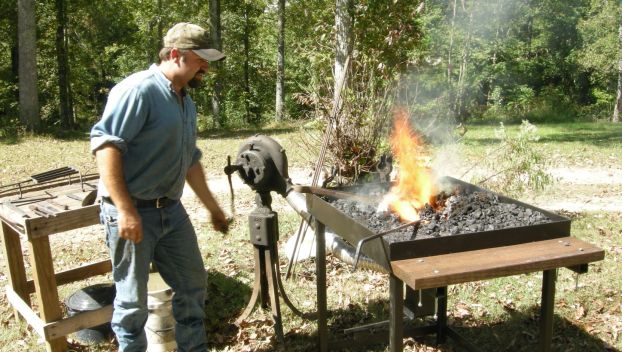
News
Blacksmith works toward self-sufficient life
SCOTTSVILLE – Chase Saxton’s home doesn’t have electricity or running water. For now, that’s fine with him. For ... Read more

SCOTTSVILLE – Chase Saxton’s home doesn’t have electricity or running water. For now, that’s fine with him. For ... Read more